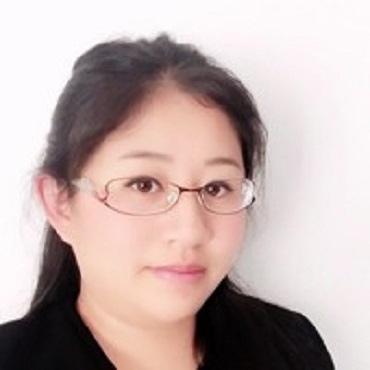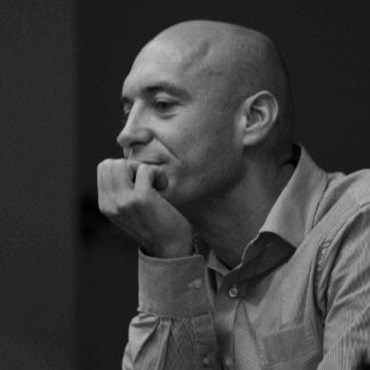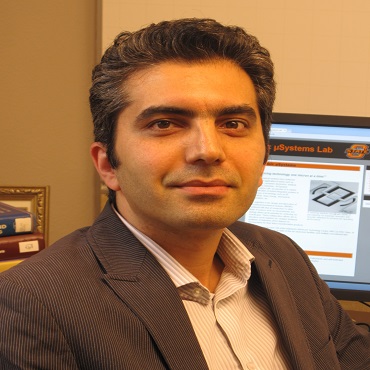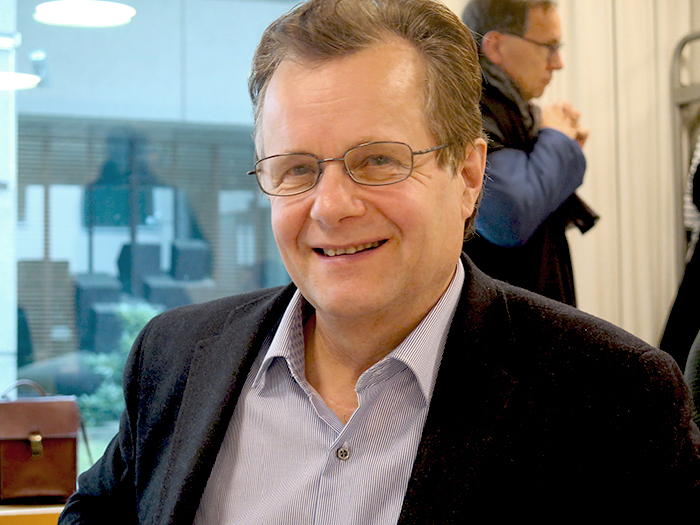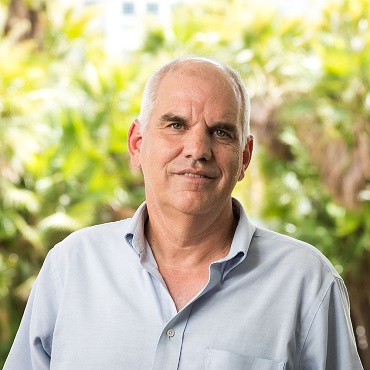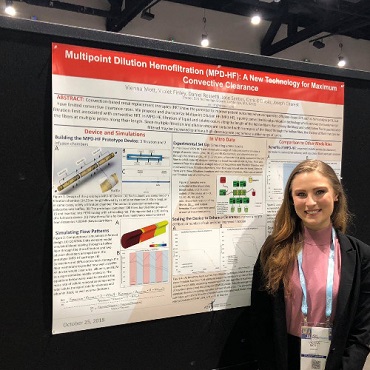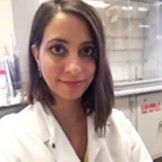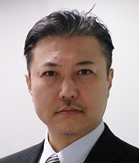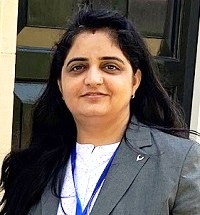Scientific Program
Keynote Session:
Title: Simulation and 3D printing manufacturing of microfluidics for continuous particle separation with applications in monitoring air pollution
Biography:
Abstract:
Â
Title: Micro-flow analysis with monolithic columns
Biography:
Abstract:
Miniaturization in flow analysis can be done by several ways, one of them is Sequential Injection Chromatography (SIC), which use monolithic columns for separation processes and presently is already becoming well-established analytical technique.
Oral Session 1:
- Oral Session 1

Chair
Bruce McCord
Florida International University, USA
Title: A microfluidic-based sensor with a built-in probe for conformal mechanical measurements of different anatomical sites at the exterior surface of human Pectus Carinatum (PC) costal cartilage
Biography:
Abstract:
Â
Title: Review of microfluidics device for drug delivery and formulation screening
Biography:
Abstract:
Title: Will update soon
Biography:
Abstract:
Will update soon.
Title: Microfluidics for cancer research
Biography:
Valerie Taly is the research Director in the The French National Center for Scientific Research, France. Her group (Translational Research and Microfluidics, TRAM) aims at developping and using microfluidic systems to perform experiments that are out of the possibilities of existing technologies. We develop new tools, procedures and strategies for Cancer Research with three major focuses:
(i) Creating new generations of devices for the non-invasive detection of Cancer biomarkers with applications in personalized medicine, cancer recurrence detection and cancer diagnostics.
(ii) Highlighting of new Cancer biomarkers.
(iii) Developing whole platforms for toxicological analysis of chemical and drugs.
Abstract:
Oral Session 2:
- Oral Session 2

Chair
Romain Delamare
Medincell SA, France
Title: Inkjet microfluidic technology for printing and life science applications
Biography:
Abstract:
Title: Will update soon
Biography:
Abstract:
Title: Will update soon
Biography:
Abstract:
Title: Microplastic detection using impedance measurements in a microfluidic channel
Biography:
Abstract:
Keynote Session:
Title: Artificial intelligent point-of-care tools for rapid diagnostics of trauma
Biography:
Abstract:
Title: Direct fabrication of fluctuated walls in ceramic tubes by lithographic additive manufacturing
Biography:
Abstract:
Â
Oral Session 1:
- Oral Session 1
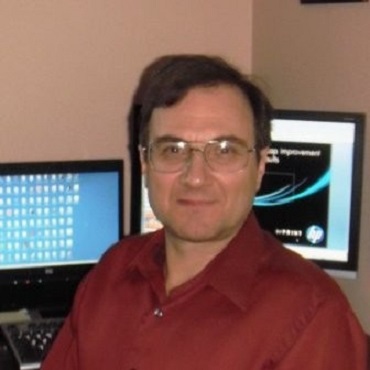
Chair
Alexander N. Govyadinov
HP Inc, USA
A PHP Error was encountered
Severity: 8192
Message: trim(): Passing null to parameter #1 ($string) of type string is deprecated
Filename: pastconference/past-program-schedule.php
Line Number: 354
Backtrace:
File: /efsdata/meetingsint-com/application/views/pastconference/past-program-schedule.php
Line: 354
Function: trim
File: /efsdata/meetingsint-com/application/controllers/Pastconference.php
Line: 128
Function: view
File: /efsdata/meetingsint-com/index.php
Line: 317
Function: require_once



